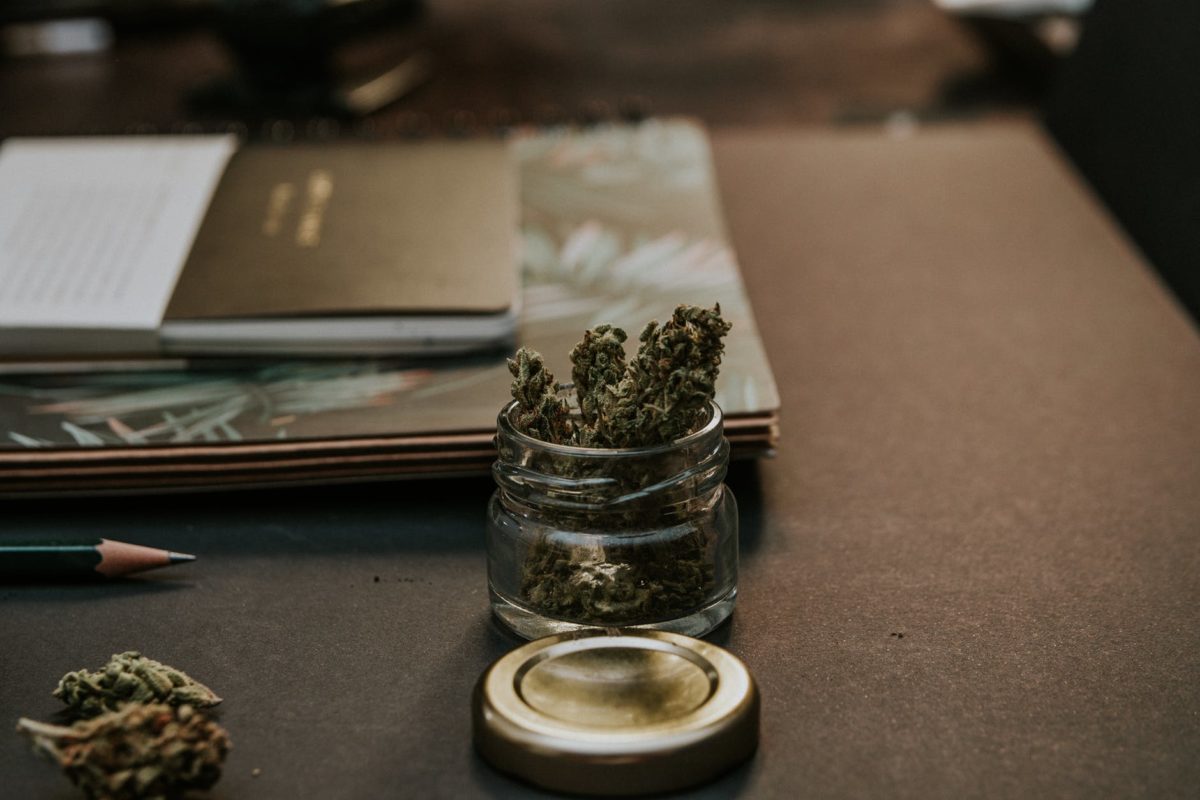
Table of Contents
Spice, K2, Synthetic marijuana, and Synthetic Cannabinoids. These are the commonest names for this illicit drug.
The dangers of using K2 continue to grow for many reasons. It is cheap. Readily available. Easy to discreetly use. And, because of the production of more potent varieties, it creates more of a “high.” Some people describe Spice as a safer alternative to marijuana. This is, however, not the case!
Do you know the effects of this designer drug? Read on to find out.
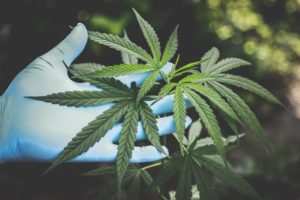 Spice is a designer drug that is created to be similar to cannabis. It consists of different herbs which are dried and shredded. Spraying this plant mixture with chemicals completes the manufacturing process. The chemical sprays mimic the active ingredient in cannabis (THC or tetrahydrocannabinol). It often looks like potpourri and is typically labeled “not for human consumption.” For this reason, manufacturers and retailers sell these drugs legally. Hence, avoiding criminal persecution.
Spice is a designer drug that is created to be similar to cannabis. It consists of different herbs which are dried and shredded. Spraying this plant mixture with chemicals completes the manufacturing process. The chemical sprays mimic the active ingredient in cannabis (THC or tetrahydrocannabinol). It often looks like potpourri and is typically labeled “not for human consumption.” For this reason, manufacturers and retailers sell these drugs legally. Hence, avoiding criminal persecution.
As would be expected, the manufacturing process of Spice creates a few unique problems.
Firstly, batches from different manufacturers have varying ingredients depending on the herbs used. Secondly, the chemical additives sprayed vary from one producer to the next. The amount applied to the herbs is also not standardized. Furthermore, the interaction of the chemicals with different herbs creates varying effects on its users.
A significant problem arises with the variations in making Spice. Thus, buying it from the internet is dangerous as its origin, constituents, and chemical composition are unknown. Also, the labels do not come with information on their health and safety risks.
Because Spice is readily accessible and affordable, consumption in place of marijuana as a “legal” alternative is rife. Due to the hazards of this drug, it is now a Schedule I Substance in the United States.
Note, however, that there is not one herbal mixture called Spice. There are many substances due to the different components from manufacturers. This, thus, creates several various issues with diagnosis and treatment.
So, we described K2 as a designer drug. But what does this mean? I’ll explain.
Designer drugs are substances that are manufactured to circumvent existing drug laws. As a result, selling such drugs is legal. These drugs come about by altering the chemical structure of existing drugs. In some cases, however, they are made by creating new substances that have similar effects to existing drugs.
Some examples of designer drugs are:
Spice is usually falsely labeled as containing “natural” psychoactive herbs. Even though plant materials indeed form a part of K2, there is more to this drug! The active ingredient is synthetic cannabinoids.
Some street names for synthetic cannabinoids are:
 There was an article on fake weed by CNN in 2018. Fifty-six cases of severe bleeding, including two deaths were reported. All of the cases had the patients coughing up blood, with blood in the urine, bloody nose, bleeding gums, and several other symptoms.
There was an article on fake weed by CNN in 2018. Fifty-six cases of severe bleeding, including two deaths were reported. All of the cases had the patients coughing up blood, with blood in the urine, bloody nose, bleeding gums, and several other symptoms.
Even though this was a report from just one state in the United States, it highlights the dangers of Spice. In many of the cases reported by CNN, the contamination of Spice was with a chemical used to make rat poison. This report, thus, shows that Spice can pretty much be tainted with anything. Perhaps, to cut corners and maximize profits.
In 2017, 102 people in a county in Pennsylvania overdosed on synthetic cannabinoids. None of these cases was, however, fatal. In 2016, 33 people in Brooklyn fell ill from likely overdose of K2.
According to the US Centers for Disease Control and Prevention, the number of acute poisonings from synthetic cannabinoids increased sharply between 2010 and 2015. The number of people attending emergency rooms for intoxication also increased during this period.
Spice comes in powder and liquid forms. Smoking in joints, pipes, and e-cigarettes are the usual ways of consuming this drug. Some people also drink it as a tea. Vaporizing liquid synthetic cannabinoids in electronic cigarettes is, unfortunately, a growing trend. Moreso with the younger generation.
Because the chemicals used to spray the herbs act like THC, users of K2 get a similar “high” to that from marijuana. Also, being a designer drug allowed people to use it legally – until it was banned.
This drug usually sells under the guise of “potpourri” or “herbal incense.” The reason for this is to escape detection as a dangerous substance that causes a “high.” Spice currently sells in convenience stores, gas stations, head shops, and via the internet. Online availability makes it easy to obtain not just domestically, but also internationally.
Reports indicate that the majority of online Spice manufacturing is in Asia. Unfortunately, there are no standards and products will differ in the ingredients and potency. Hence, worsening the potential danger from this drug.
The chemical additive to K2 comes in bulk powder form. This is then dissolved in other chemicals like acetone. Combining this mixture with dried plants yields Spice. Packaging in smaller sachets for retail completes the process. Again, there are no standards for this process. For this reason, inconsistent concentrations and contamination are typical.
 The effects of synthetic cannabinoids occur quickly. In most cases, you can feel the impact in less than 5 minutes of the drug getting to your bloodstream. Compared to consuming this drug in food or drinks, smoking causes a much quicker action.
The effects of synthetic cannabinoids occur quickly. In most cases, you can feel the impact in less than 5 minutes of the drug getting to your bloodstream. Compared to consuming this drug in food or drinks, smoking causes a much quicker action.
Peak effects occur within about 10-45 mins after consumption. This is, however, dependent on the content of that batch of Spice. As we know, the ingredients of this drug can differ widely. While the effects can last up to 8 hours, again, this can vary from one batch to another.
Some studies show that there are over 140 synthetic cannabinoids available to make Spice. For this reason, the potency and effects of these blends have a vast range. Due to a lack of proper labeling, it is impossible to tell the active ingredient of Spice. Besides, manufacturers constantly change their constituents to evade the law. For example, a batch of K2 may contain any one of the following:
These are just a few of the many synthetic cannabinoids that can be used to make Spice. Because there are many different chemicals, testing for this drug in the urine or blood can be tricky.
The amount of time this drug remains in your system depends on quite a few factors. For example, the frequency of use is a significant factor. The batch and the specific chemical used to make this drug is also an important consideration. The time frames below are general guides due to all the variations that can occur.
Again, these are average times. Because there are many synthetic cannabinoids, it is hard to say precisely how long K2 will remain in the body. Spice is also not detected by standard drug testing due to the many varieties. Tests have to be done for each synthetic cannabinoid. No easy feat for the labs! Specific testing is, therefore, needed.
K2 has been shown to have similar effects to marijuana. For instance, users also experience a “high” (euphoria), a feeling of relaxation and altered perception. In a bid to maintain the “high,” some people end up consuming Spice several times a day.
Even though Spice acts like cannabis on the brain, the other ingredients can cause several issues. Unfortunately, the other compounds in Spice are not always known. This variation makes it hard to predict the kind of effects it can cause. Furthermore, drug manufacturers keep coming up with different formulations with varying ingredients.
Spice can cause the following:
The New England Journal of Medicine published an article on K2 in 2016. This study showed that a synthetic cannabinoid was found to be 85 times as potent as tetrahydrocannabinol (THC), the chemical found in marijuana.
People who use K2 describe the effects as similar to those of marijuana. For the most part, though, they describe stronger and more unsettling reactions. Because you do not know the ingredients in a particular batch you buy, it is difficult to understand how it will affect you.
There is minimal research on the effects of Spice on the human brain. We do, however, know that this drug acts on the same receptors as THC – the active component of marijuana. Reports show that Spice binds to these brain receptors stronger than cannabis.
What this means is that, compared to marijuana, the effects of K2 are more powerful and difficult to predict. In other words, Spice is more dangerous than cannabis.
Spice tends to be used more by teenagers and young adults. Any use of K2 is considered abuse considering that there is no medical use for this substance. Even though some people may only use sporadically, some others, however, use quite heavily. Such consumption can lead to dependence. As a result, withdrawals can occur when such individuals try to stop this drug.
Note, however, that withdrawals tend to occur when K2 use has been substantial and prolonged. For example, using daily or almost daily for a few months. Withdrawal symptoms of synthetic cannabis may include:
Even though overdoses on just K2 is not very common, it does occur. It seems, however, that most of the overdose deaths involve several other drugs also.
There are reports of deaths due to heart attacks following an overdose on this drug. Also, there are multiple reports of kidney failure following overdose. Such kidney damage can lead to hospitalization and even dialysis.
In addition to these, some other symptoms of K2 overdose are:
Some groups of people tend to be more prone to using not just K2, but drugs in general. Risk factors include:
 Under the Controlled Substances Act, Spice is classified as a Schedule I Substance. This means this drug has no accepted medical use in the United States. It also means it has been reported to produce harmful effects on people’s health. Because of the variations in manufacturing K2, these substances, though similar, can act differently. These synthetic cannabinoids are known as “cannabimimetic agents.” They are well over 20 such drugs, and all of them are Schedule I Substances.
Under the Controlled Substances Act, Spice is classified as a Schedule I Substance. This means this drug has no accepted medical use in the United States. It also means it has been reported to produce harmful effects on people’s health. Because of the variations in manufacturing K2, these substances, though similar, can act differently. These synthetic cannabinoids are known as “cannabimimetic agents.” They are well over 20 such drugs, and all of them are Schedule I Substances.
There are some synthetic cannabinoids still sold in shops as “incense,” or “potpourri.” Because these have no classification under the Controlled Substances Act, they still sell legally. These may, however, be subject to prosecution under the Controlled Substances Analogue Enforcement Act. This law treats non-controlled substances as Schedule I controlled substances if they meet specific criteria. The DEA has successfully prosecuted people dealing with such drugs.
Admitting there is a problem is the first step to treatment. Addiction to synthetic cannabinoids is treatable, and you should obtain help as soon as possible.
There are no FDA approved medications for treating addiction to Spice. On the contrary, there are specific medications for addiction to alcohol and opioids. In the proper setting, however, “comfort medications” may be prescribed to ease the process of withdrawal. These medications are prescribed to treat anxiety, stomach cramps, restlessness, headaches, and sleep issues that present during withdrawals.
Though uncomfortable, withdrawal from Spice is not life-threatening. This is, however, different from addiction to benzodiazepines (such as Xanax and Klonopin) and alcohol.
Behavioral therapies are currently the most effective treatments for addiction to K2. Such therapies include cognitive-behavioral therapy, motivational enhancement, and contingency management interventions.
The risk of relapse is much higher for people who try to quit without professional help. So, to ensure you get proper treatment, it is essential to get the right management. Treatment can be outpatient or inpatient. Support groups are also beneficial. These groups offer accountability as well as guidance from peers. Also, support from family and friends remains vital.
In summary, therapy and support are vital to treating this addiction.
Cognitive-behavioral therapy is a type of counseling that helps people understand the thoughts and feelings that influence their behaviors. In this case, these behaviors are those that cause their addiction to Spice.
Contingency management interventions refer to providing incentives in exchange for treatment engagement and being able to maintain abstinence.
Motivational enhancement therapy attempts to initiate a change in behavior. It does this by encouraging people to resolve their doubts about stopping the use of synthetic cannabis, and also engaging in treatment.
In addition to the above, it is essential to treat underlying mental health disorders. Never underplay the importance of this! Treatment for depression, anxiety, post-traumatic stress disorder, bipolar disorder, ADHD, and other mental conditions is crucial.
There is absolutely nothing spicy about Spice! This drug is a dangerous combination of dried herbs sprayed with chemicals. The active ingredient mimics the active component in marijuana. In a bid to evade the law, this drug is often labeled “not for human consumption.” There are well over 100 different synthetic cannabinoids that can be used to make Spice. As a result of this, the effects and potency are challenging to predict. It is classified as a Schedule I Substance in the United States due to its adverse effects.
Most people consume K2 by smoking it. Some people also drink it as a tea. It works quickly, and its effects occur within 5 mins of consuming the drug. Spice can stay in the body for several days and is present in urine 2-3 days after.
This designer drug can cause effects like high blood pressure, vomiting, dry mouth, confusion, disorganized thoughts, aggression, paranoia, and seizures. Overdoses are not very common but do occur. Some effects of an overdose are breathing difficulties, drowsiness, seizures, and even death.
There are no FDA approved medications for treating addiction to synthetic cannabinoids. Help is, however, available. Behavioral therapies are effective for treatment, and this can be inpatient or outpatient.
Have you ever used Spice? If so, please share your experience to help others. If you are a friend or family member of someone with this addiction, we would also like to hear your perspective. The views of other addiction professionals are also welcome. Share this article to educate and inform others who may benefit from it.
Subscribe to get our latest content by email.
The entire content of AddictionBlueprint, including content on drugs and alcohol, medications, therapies, facilities, spotlights, recommendations, and other features is for informational purposes only. It is not intended to be a substitute for professional medical advice, diagnosis or treatment. This does not constitute a physician-patient relationship. Please seek the advice of your physician or other qualified health providers regarding your addiction, mental and medical issues.

May 2019
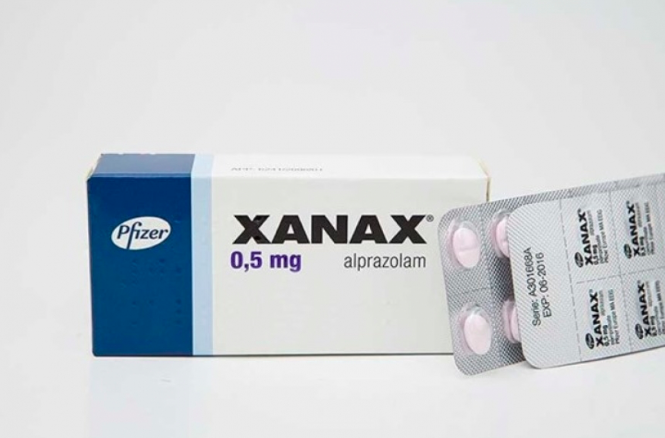
May 2019
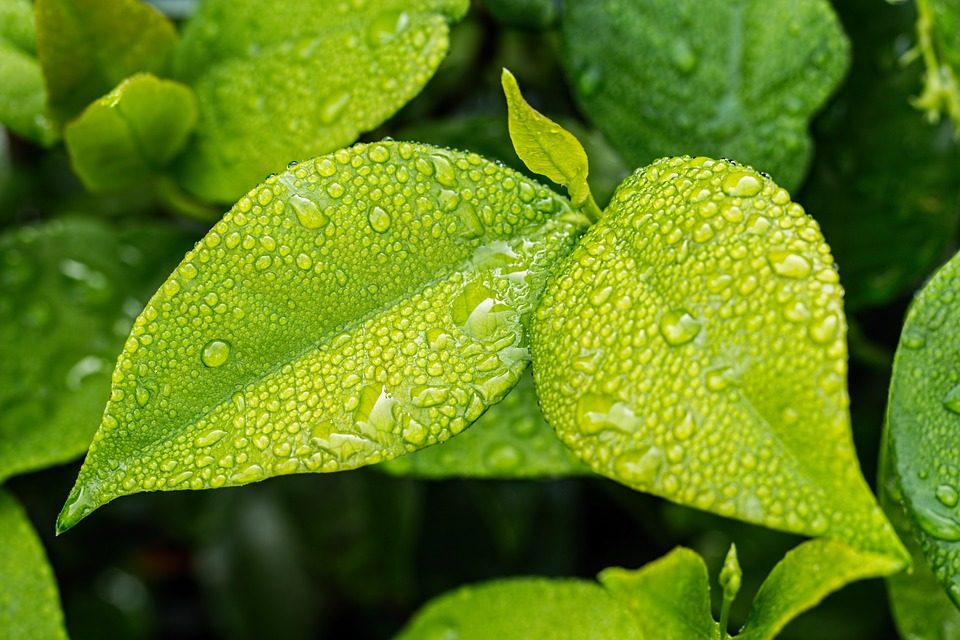
Jun 2019
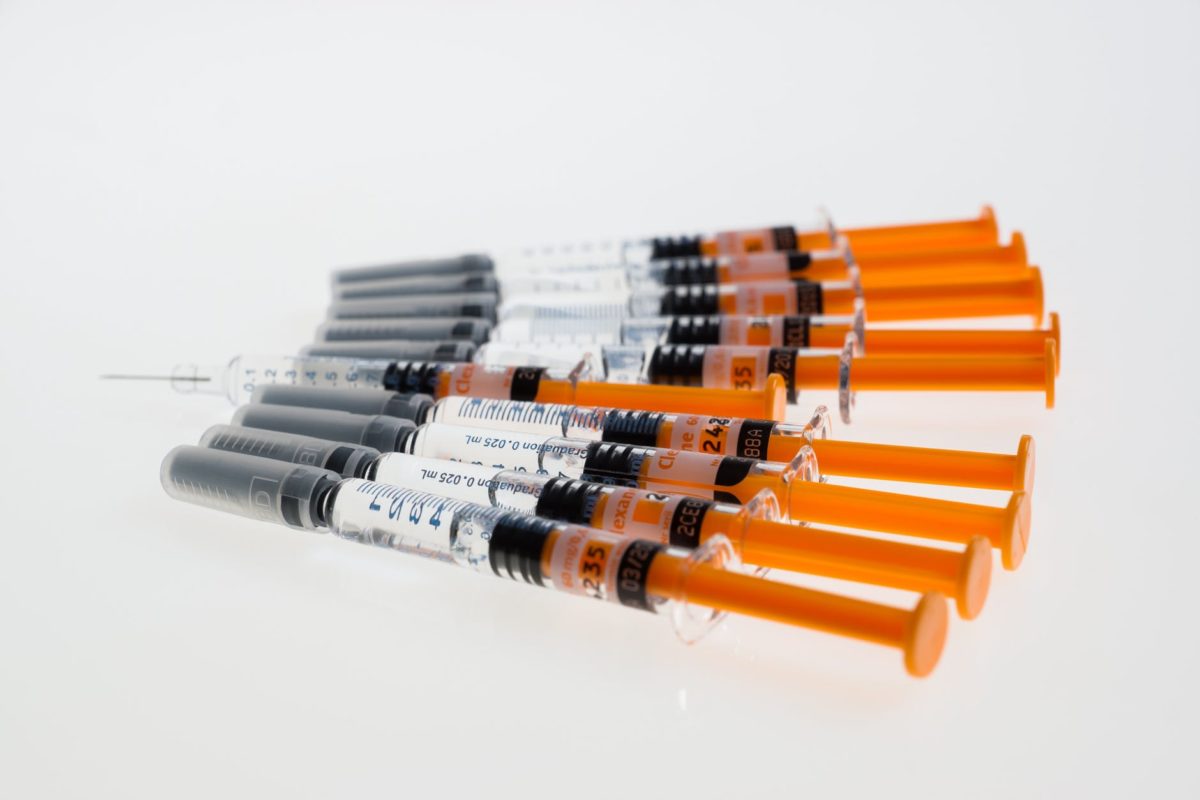
Jun 2019
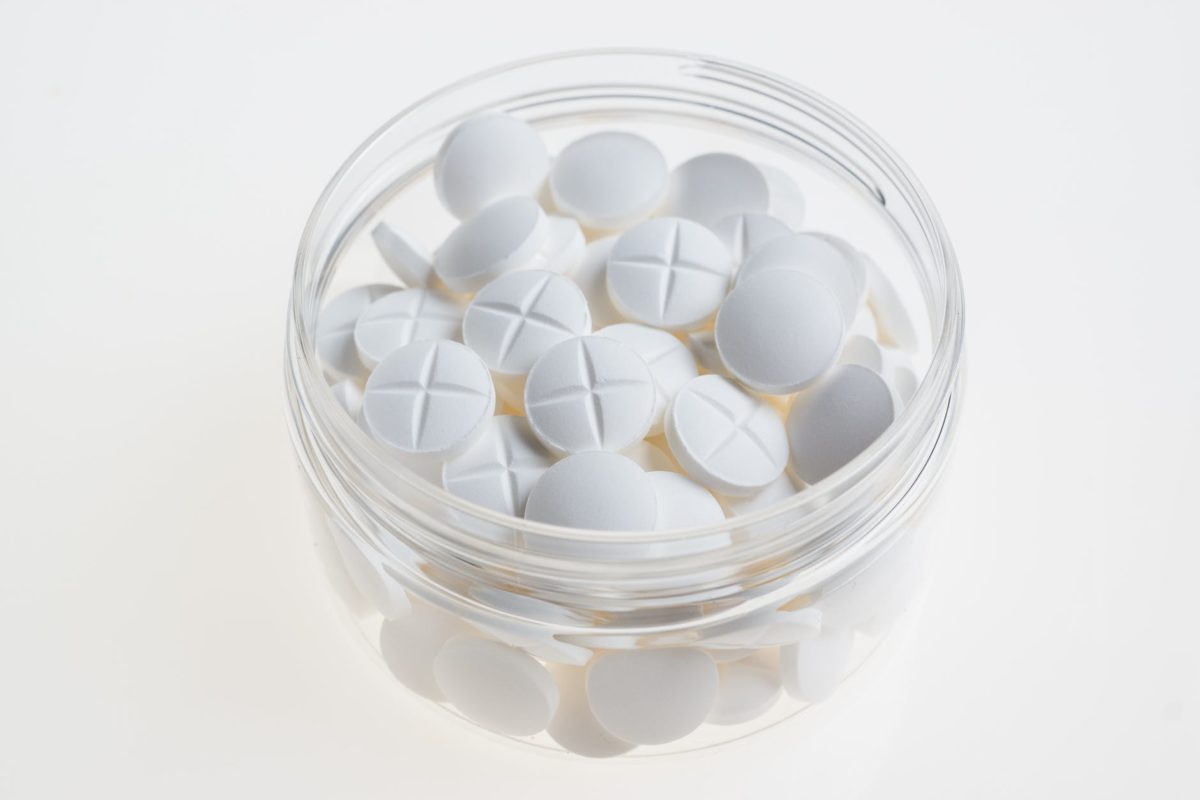
Jun 2019

Jun 2019

Jul 2019

Jul 2019
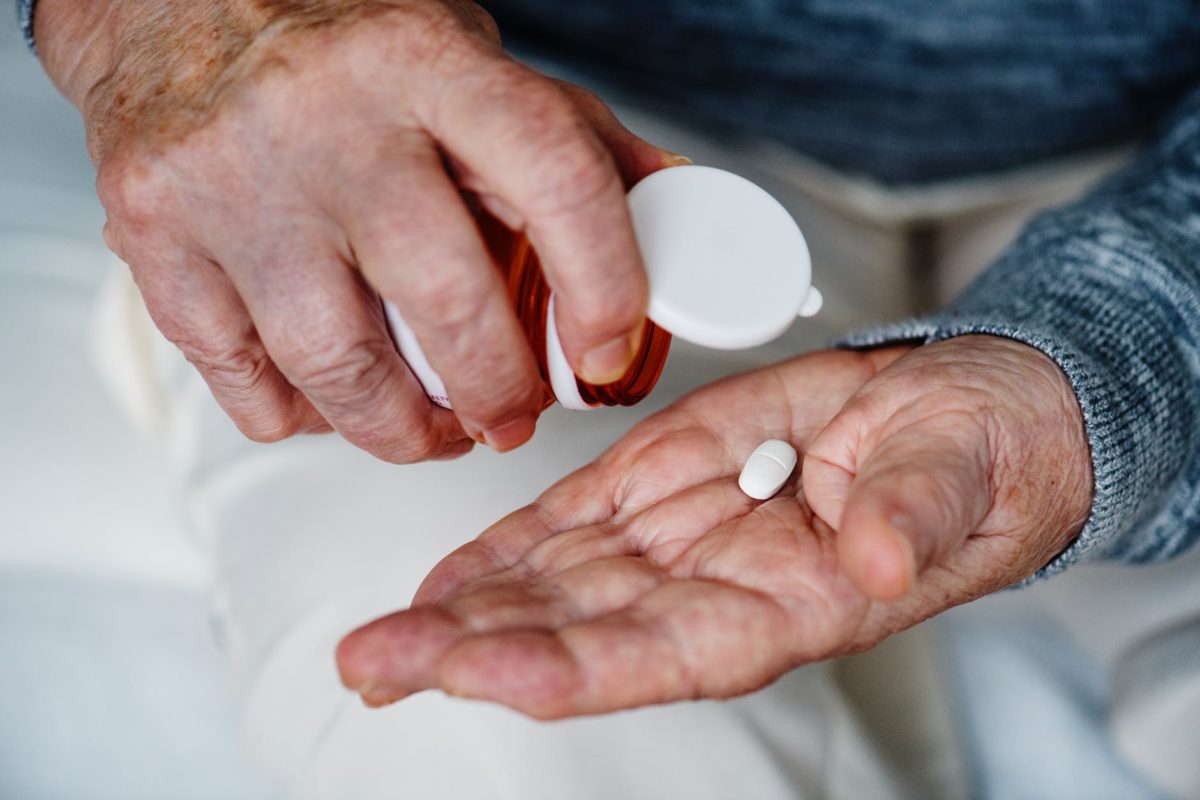
Jul 2019

Aug 2019
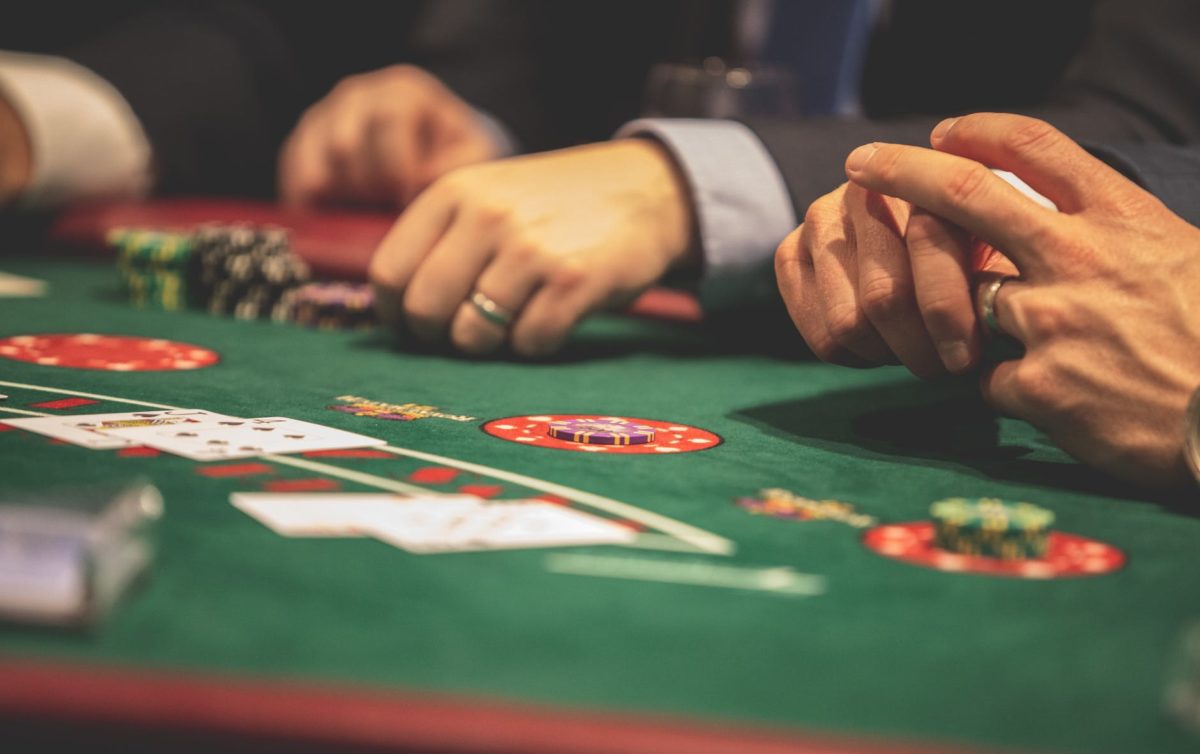
Aug 2019

Aug 2019

Sep 2019

Oct 2019

Oct 2019

Sep 2019
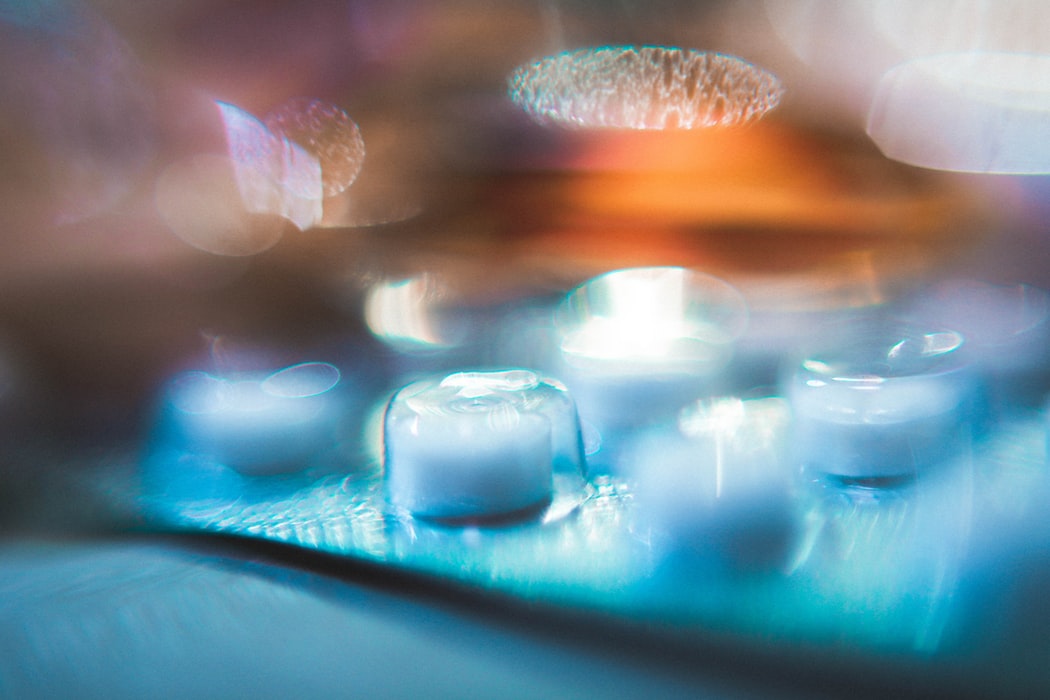
Sep 2019
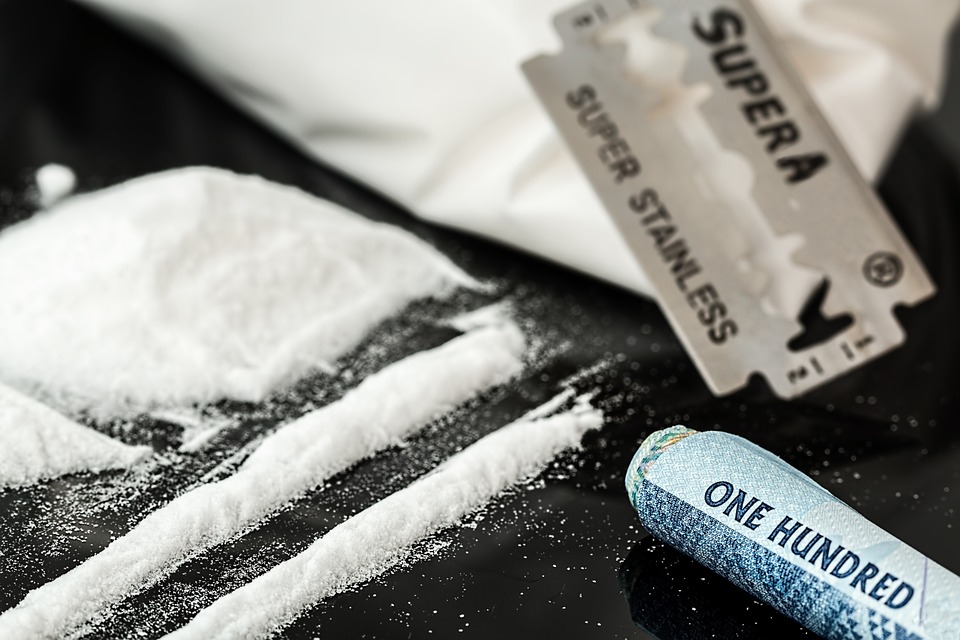
Oct 2019

Nov 2019

Dec 2019

Nov 2019
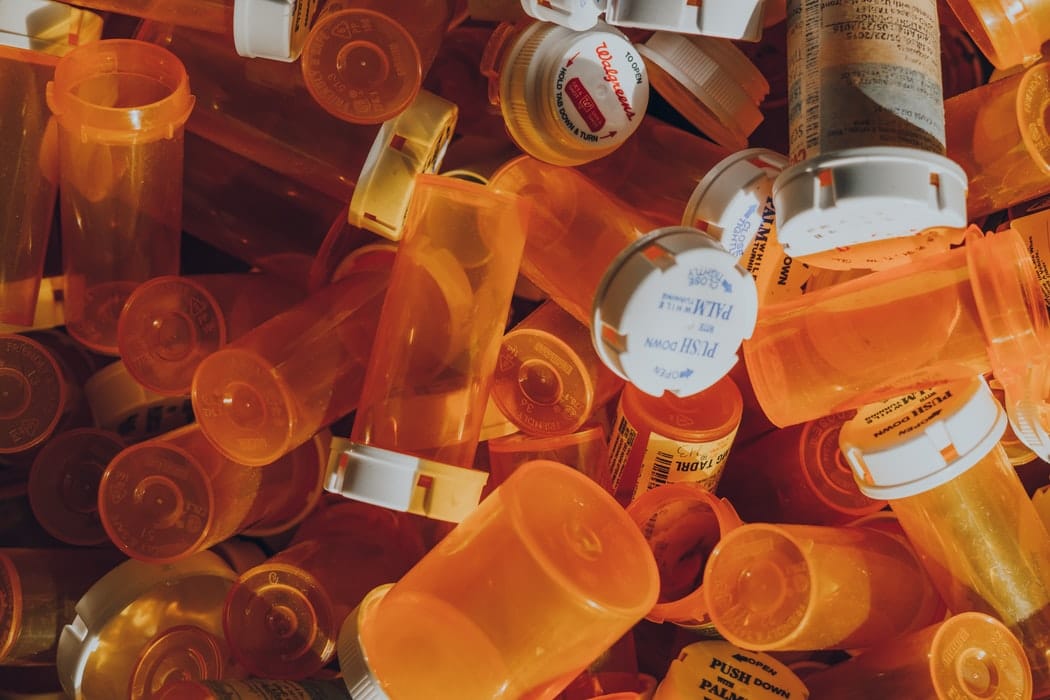
Nov 2019

Jan 2020

Jan 2020
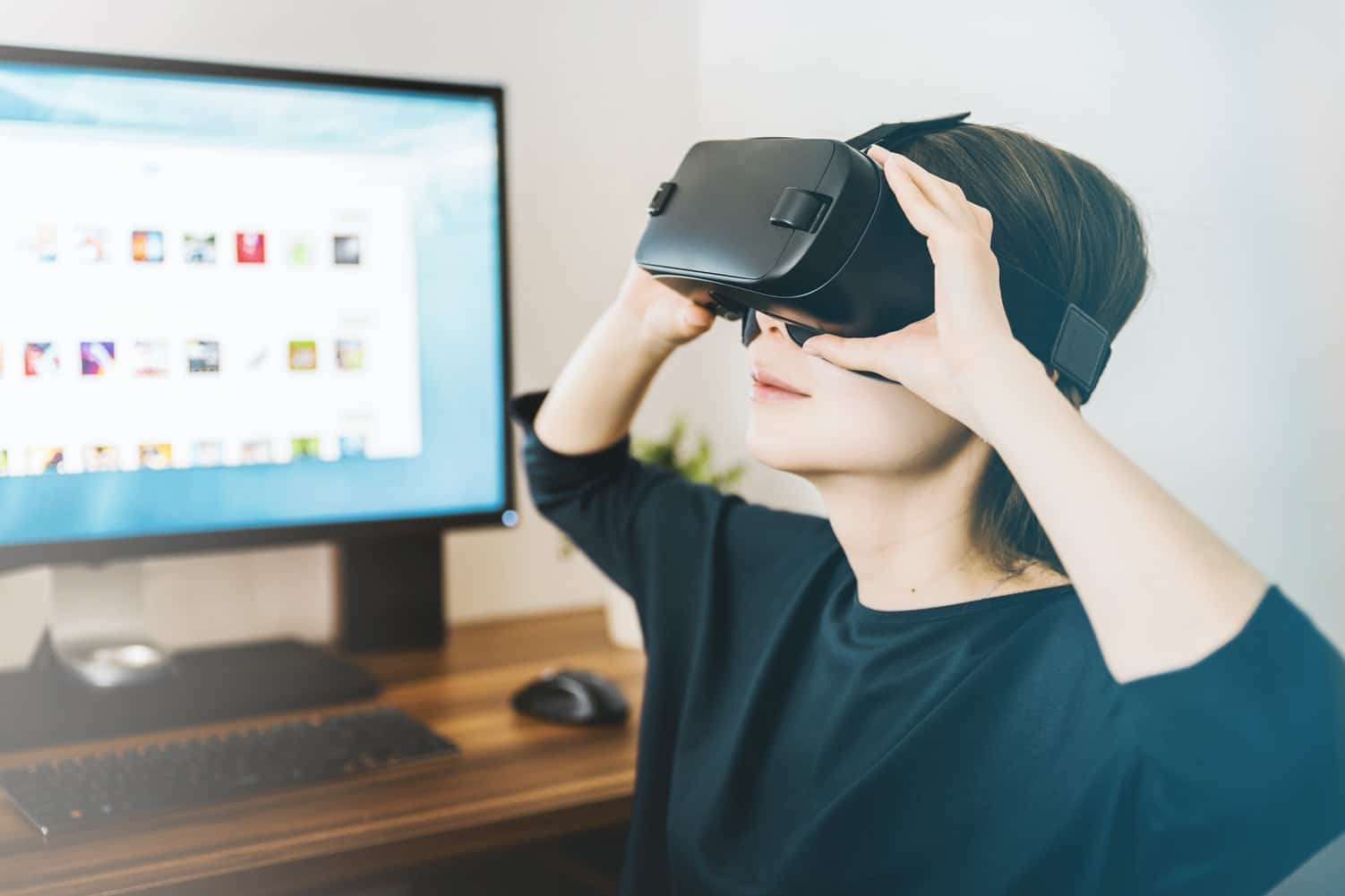
Jan 2020

Jan 2020
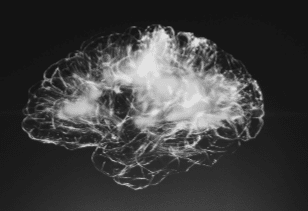
Feb 2020
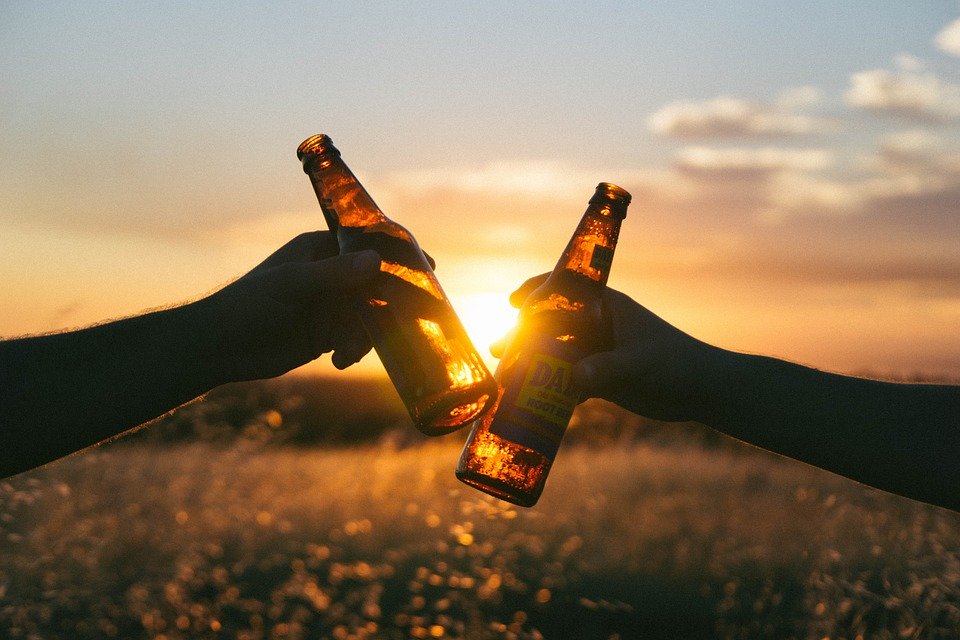
Feb 2020

Mar 2020

Feb 2020

May 2019
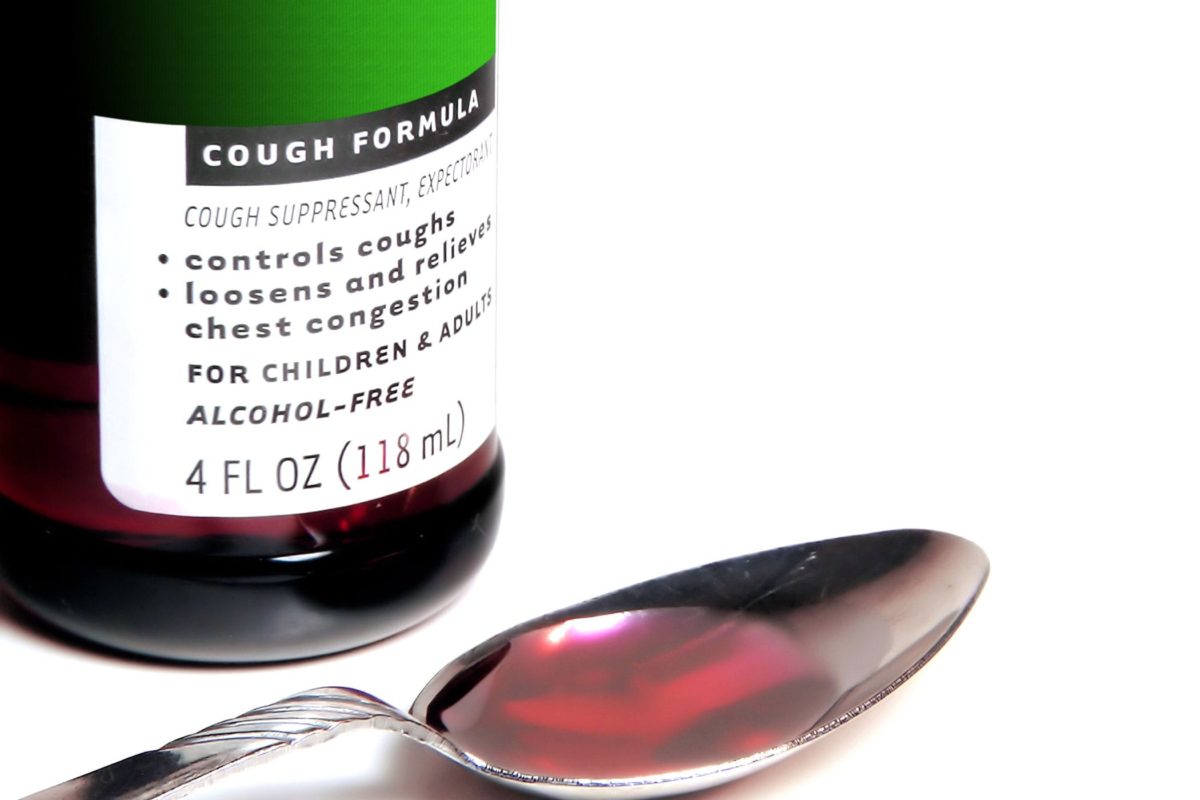
May 2019